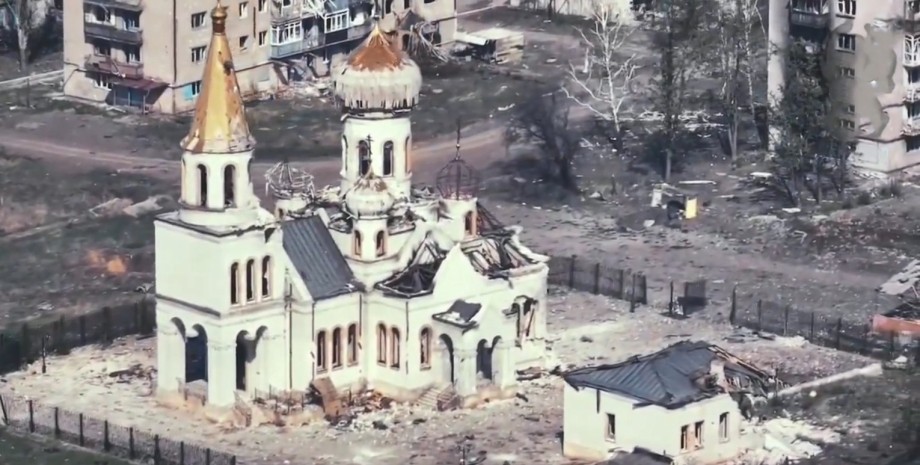
 By Eliza Popova
By Eliza Popova
Meanwhile, the Armed Forces fighters hold positions and expect a weapon that should come from the United States. The situation in the city east of Bakhmut was described as of April 23 on the portal The Wall Street Journal. The WSJ explained that it is important for the Kremlin to capture the city west of Bakhmut: it will be used for further offensive in the summer of 2024. The direction of a possible offensive is a city in the western part of Donetsk region.
WSJ journalists spoke with Achilles Division Commander Yuri Fedorenko. According to the commander, if the Russians are fixed at an altitude in the Time Yar area, they will be able to fire the three largest settlements nearby. "If the enemy was captured by the Yar, he would have to control Druzhkivka, Kramatorsk and Konstantinovka," the military said. The Russians manage to keep, although they use 10 times more shells than Ukrainians. Defense also helps relief, - the journalists explained.
In particular, the east ravine passes the channel through which the units of the Armed Forces of the Russian Federation cannot be crossed. The WSJ reports spoke about the complexities that have the Armed Forces, except for Russian artillery, aviation and live power. As it turned out, there is a problem with drones that are pursued by machines with the necessary loads. As a result, fighters have a lack of ammunition, medicines, food, and there is no opportunity to take out the wounded.
"During this time, the fighters sometimes lack food, water and medicines. Storm drones pursue cars and troops deliver to the front line. Soldiers with wounds that are treated Getting to get, "American journalists wrote. The Armed Forces fighters told some details of the battles in the time ravine. For example, the enemy comes in the morning and in the evening when the drones are "poorly seen". There are so many Russians that they fill Ukrainian positions and simply displace the defenders from there.
In addition, the enemy can "fire for entertainment" firing a group of trees, while Ukrainians shoot when they are confident in the goals. One of the military said that 35 were left in 110 people - the rest were wounded. There are still 700 people in the city (out of 12 thousand), 100 of them regularly come to the humanitarian center to "drink tea, recharge phones.
" The WSJ article summarized that the Ukrainian command will soon have to choose: whether to leave the settlement, or to keep it at the cost of people's losses. "Are you holding on to the territory and giving many lives? Or do you give up from the territory and save your army? On the DeepState fighting map, you can measure the distance from the time ravine to cities called Fedorenko.
All of them - at a distance achieved for artillery of the Armed Forces of the Russian Federation: to Konstantinovka - 8 km, Druzhkivka - 20 km, Kramatorsk - 23 km. It should be noted that the focus talked about the situation in the time ravine, to which the Armed Forces of the Russian Federation try to approach the flanks and move to the eastern outskirts of the city.
In the video from the scene, one could see how Russian drones film Ukrainian positions and record the strikes of artillery of the Armed Forces of the Russian Federation. In addition, the fighters of the Black Swan strike group showed the ruins that remain after the enemy artillery and aviation strikes.










All rights reserved IN-Ukraine.info - 2022